



When it comes to food safety, there is no such thing as too many helping hands.
That’s why the USDA employs 9,600 men and women in the Food Safety Inspection Service (FSIS) to ensure our meat, poultry and eggs are safe for your table. They work in one of three food safety laboratories across the United States, maintain a constant presence in more than 6,000 slaughter and processing facilities and reinspect imports at 122 ports of entry. Others spend hours on the road cracking foodborne illness outbreak cases, or they piece together telling data trends and improve policies here in Washington, D.C.
The FSIS team targets the most frequent foodborne pathogens including, Salmonella, Escherichia coli (E. coli), Listeria monocytogenes and Campylobacter, in addition to monitoring for emerging risks. Thanks to their efforts, USDA has tightened standards for the companies who process and prepare thousands of food products and upgraded technology and internal systems to track and report safety issues to regulators and the public in real time.
Join us throughout the month of July as we explore the incredible progress we’ve made since 2009 to update and modernize America’s food safety system and standards. Follow along on usda.gov, on the USDA blog and by using #USDAResults, or catch up on Chapter VII on our Medium site.


|
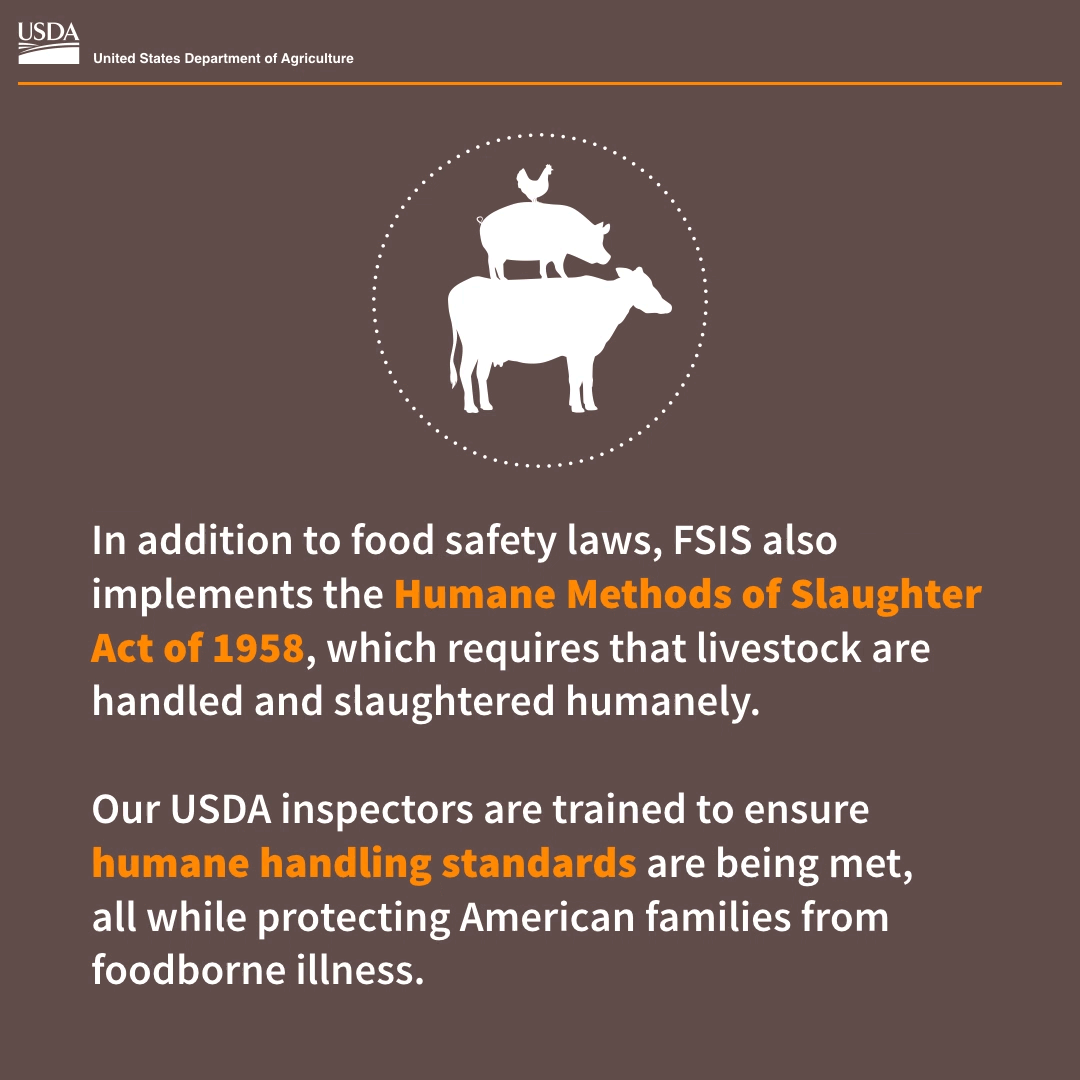
Our USDA inspectors are trained to ensure humane handling standards are being met,
all while protecting American families from foodborne illness.
|
|

Erica Cox holds the flag of Guatemala (her future home), while her father Sean Cox is congratulated along with nine other employees of USDA's Foreign Agricultural Service who were sworn in as Foreign Service Officers. The new officers will begin their Foreign Service careers working as agricultural attachés at U.S. embassies in nine countries and are among approximately 140 FAS Foreign Service Officers who are posted to 93 offices at U.S. diplomatic missions around the world, covering 171 countries.
|
|
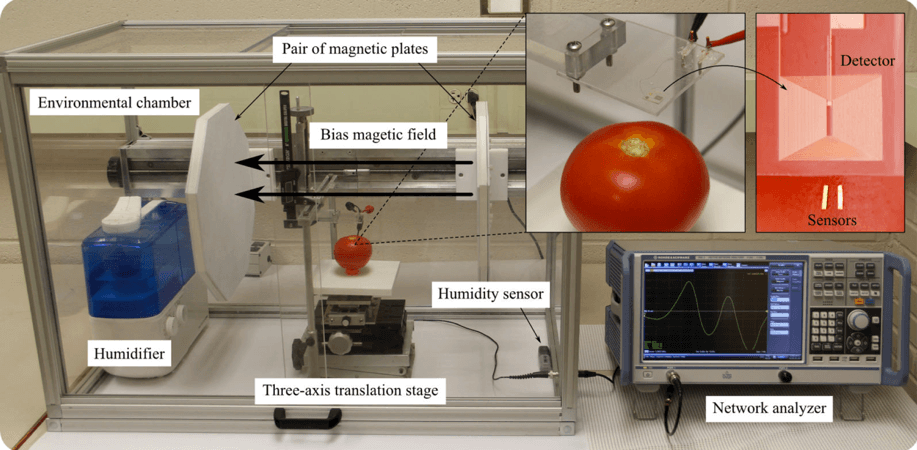
Thanks in part to a grant from USDA’s National Institute of Food and Agriculture, a research team has developed a cheap, portable and easy-to-use new screening tool to test fresh fruits and vegetables for the presence of bacteria that can cause foodborne illnesses.
|
|
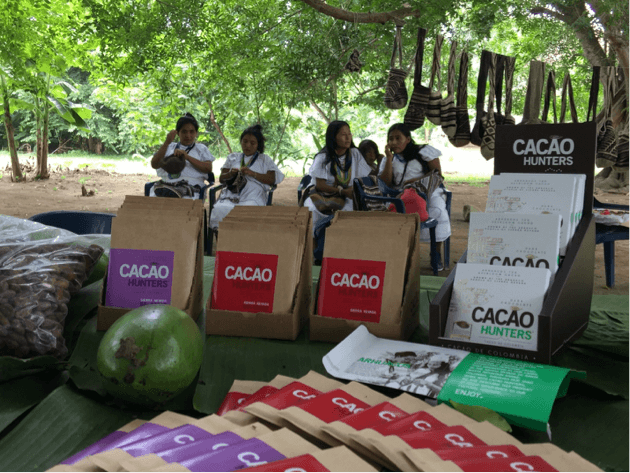
By partnering with Cacao Hunters, a specialty chocolate producer, Colombia’s indigenous Arhauco farmers have been able to sell their cacao at a premium price. The U.S. Department of Agriculture's (USDA) Cacao for Peace initiative will help replicate this success on a larger scale by creating new opportunities for Colombia’s 35,000 small-scale cacao farmers.
|

Three Ways USDA Helps Consumers Keep Foods Safe
Have you ever wondered how to safely grill your burgers? How about determining the latest food safety recalls? USDA provides a number of resources to ensure that you have access to the most up to date information on food safety. Keeping the food on America’s tables safe to eat is a serious challenge and USDA is serious about helping families avoid dangerous bacteria and other contaminants that can lead to foodborne illness.
Breaking Down Barriers to Address Food Insecurity
No American should have to go hungry. USDA’s 15 nutrition assistance programs make great strides in reaching those in need, but challenges and barriers persist to eradicating food insecurity in our nation. That’s where leadership and partnerships come into play.
Cleaner Air through Cleaner Burning
“The burn box lets us burn during the summer months, when normally there’s a ban. It’s a useful tool. It burns really clean.” — Cindy Collins
USDA Grants Helping the Specialty Crop Industry Reach Food Safety Goals
Across the country, farmers growing fruits, vegetables, tree nuts, dried fruits, horticulture and nursery crops – or specialty crops – are being asked to be certified in USDA’s voluntary audit program, Good Agricultural Practices (GAP).
Promoting Healthy Choices Throughout the School Day
Schools across the country are working hard to ensure students experience a healthy school environment from the moment they walk in the door until the final bell rings. Imagine for a second that you are back in sixth grade. In health class, you’re learning about the food groups and how to eat a balanced diet. During P.E. class, your teacher stresses the importance of exercise and leading a healthy lifestyle.
Researchers Use NIFA Grant to Develop Rapid Food Safety Test
Keeping the food on America’s tables safe to eat is a major priority at USDA, where we are constantly working to find innovative ways to stay a step ahead of bacteria and other dangerous contaminants that can cause illness.

Actuality: Vilsack Urges Governors to Support Local/Regional Food Systems
Agriculture Secretary Tom Vilsack at the National Governors Association meeting in Des Moines, Iowa Saturday, urging state governors to support local and regional food systems.
Actuality: Many Foods Costing Less than Last Year at this Time
Annemarie Kuhns, USDA food price analyst, listing some of the many food items that are costing less than this time a year ago.
Partnerships Preserving Monarch Butterfly Habitat
Efforts to protect, preserve and increase Monarch butterfly habitat on the North American continent are taking place through several networks of partnership. (Rod Bain and Pamela Bachman)
Bringing Food to More Hungry Kids in the Summer
There's been progress in bringing much needed nutritious meals to hungry kids in the summer. (Gary Crawford, Audrey Rowe and Sam Acho)

Vilsack: We can do better to support rural America (The Des Moines Register)
State and federal governments can do a better job of supporting rural America, U.S. Secretary of Agriculture Tom Vilsack said Saturday. Leaders from across the nation discussed the current state and potential improvements to the agricultural sector during the National Governors Association’s summer meeting at the Iowa Events Center in Des Moines. America produces the world's safest, highest quality, and most affordable food, Vilsack said, but he and others had suggestions to foster future success in a changing agricultural economy.
Vilsack Talks Local Foods At Governors Conference (Iowa Public Radio)
U.S. Agriculture Sec. Tom Vilsack will be at the National Governors Association's summer meeting in Des Moines Saturday to discuss the value of local foods to rural economies. Vilsack says in order to repopulate rural communities, smaller farming operations need consumers that don't put a premium on size and speed. One strategy to carve out markets for these smaller producers is through food hubs. "Locally grown items are aggregated from a variety of producers and then sold in bulk to a restaurant, to a grocery store, to a school," says Vilsack, who served as Iowa's govenror from 1999 to 2007.
Buying directly from a farmer has an outsized impact on the local economy, UC Davis study finds (Sacramento Bee)
As a past board member at the Davis farmers market, Shermain Hardesty knows that people who buy fruits and vegetables directly from producers show up week after week and voice support for local businesses. Now, the UC Davis agricultural economics professor can tell those customers exactly how much farther their money goes in their community when they buy directly from a farmer.
USDA’s FoodKeeper App Says Hola and Olá (Food Poisoning Bulletin)
The U.S. Department of Agriculture’s (USDA) FoodKeeper app, which helps consumers reduce food waste, now includes information in Spanish and Portuguese. The app covers food storage recommendations for more than 400 foods including baby food, dairy products, eggs, meat, poultry, produce and seafood, and more. Developed through a partnership of the USDA’s Food Safety and Inspection Service (FSIS), Cornell University and the Food Marketing Institute, FoodKeeper’s goal is to reduce food waste by sharing food storage methods that extend the shelf life of the foods and beverages.
 
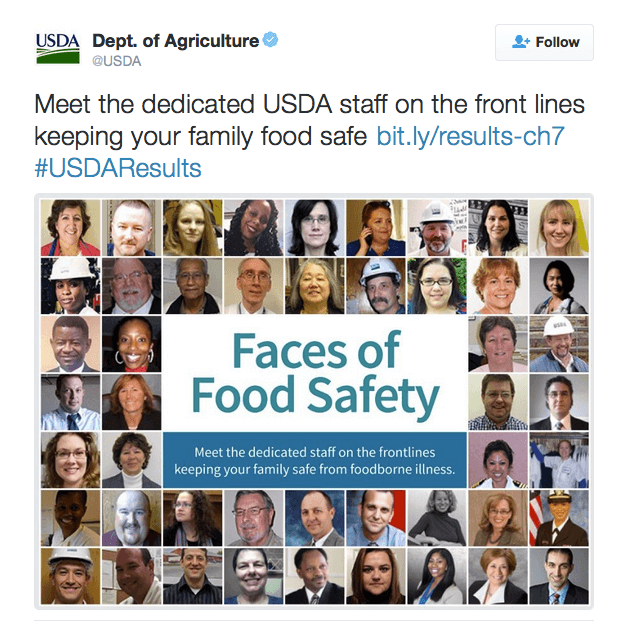

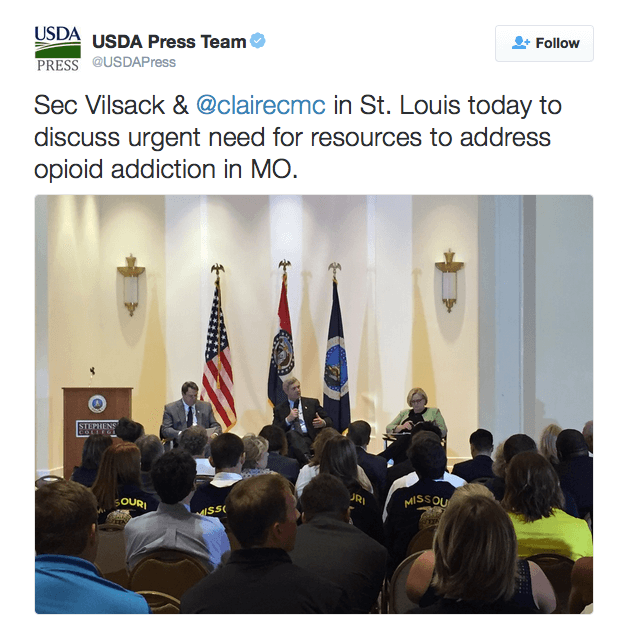
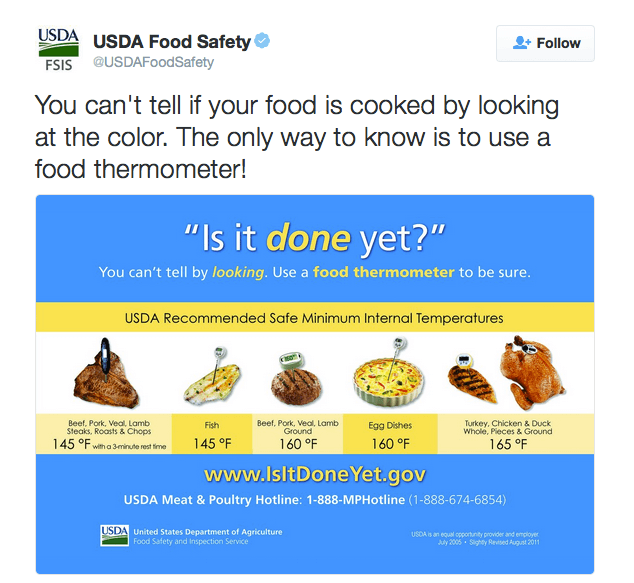


|

